1 THE POLITICAL AND ECONOMIC ENVIRONMENT A. THE
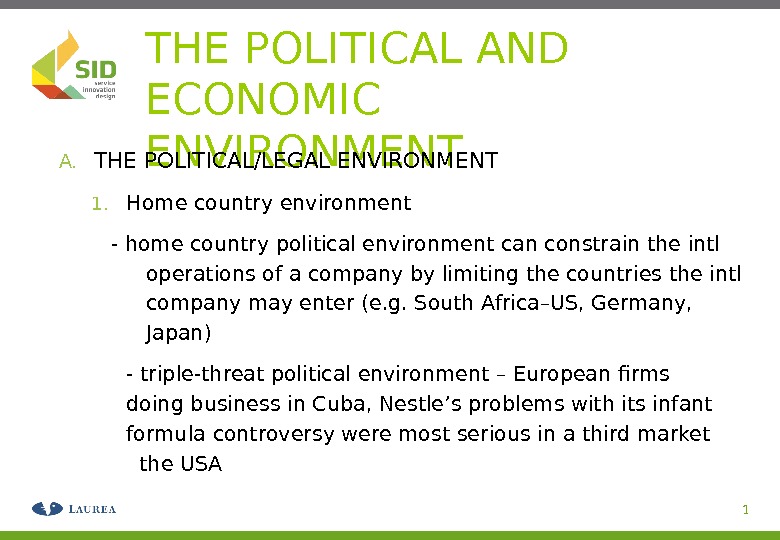
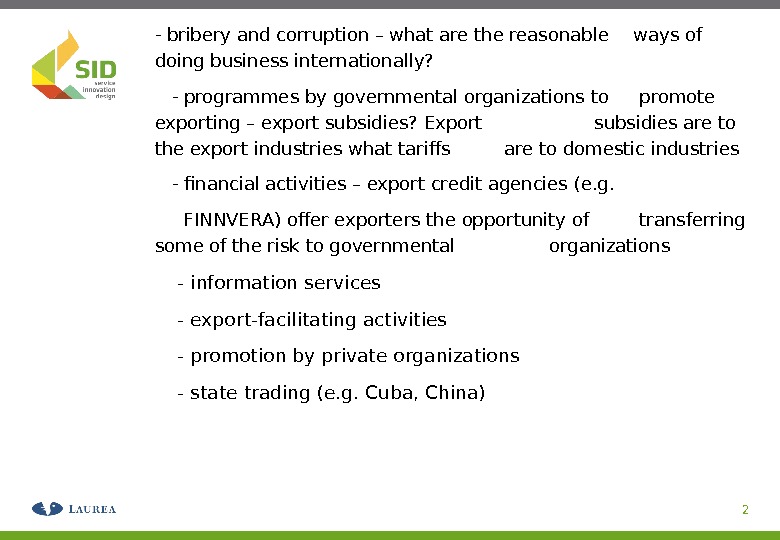
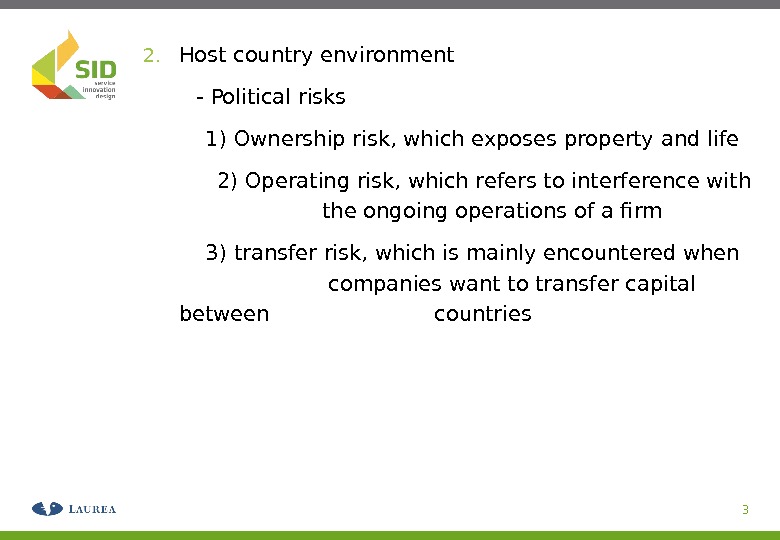
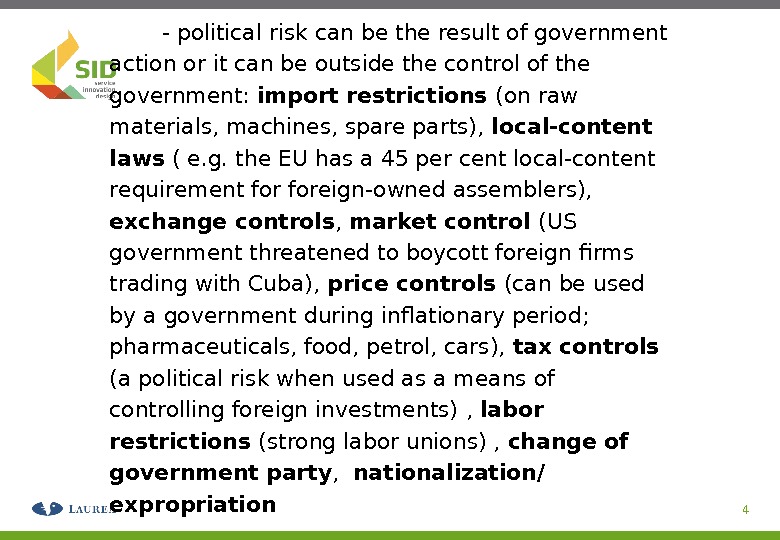
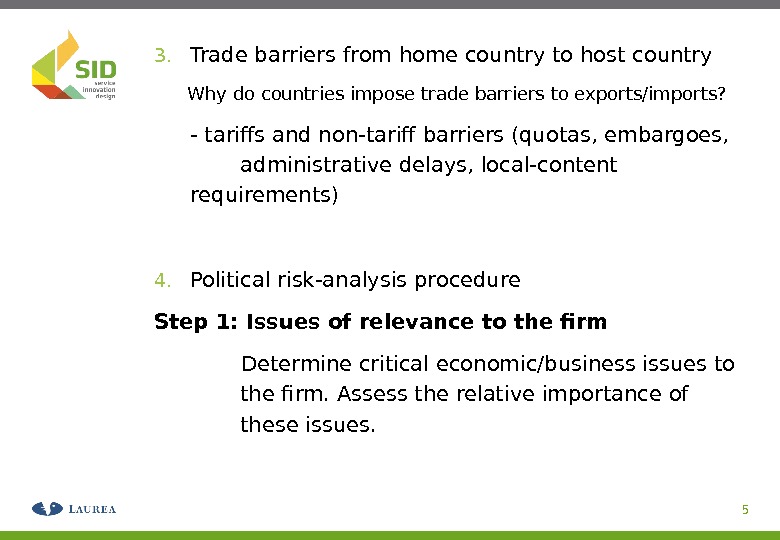
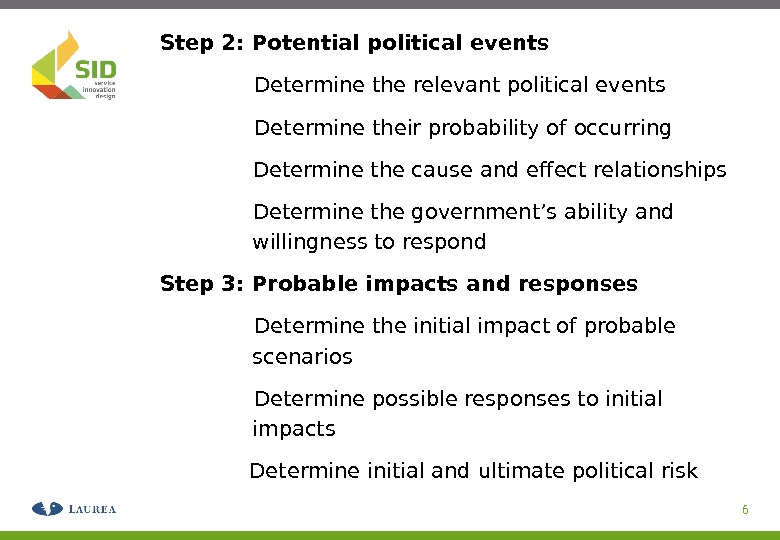
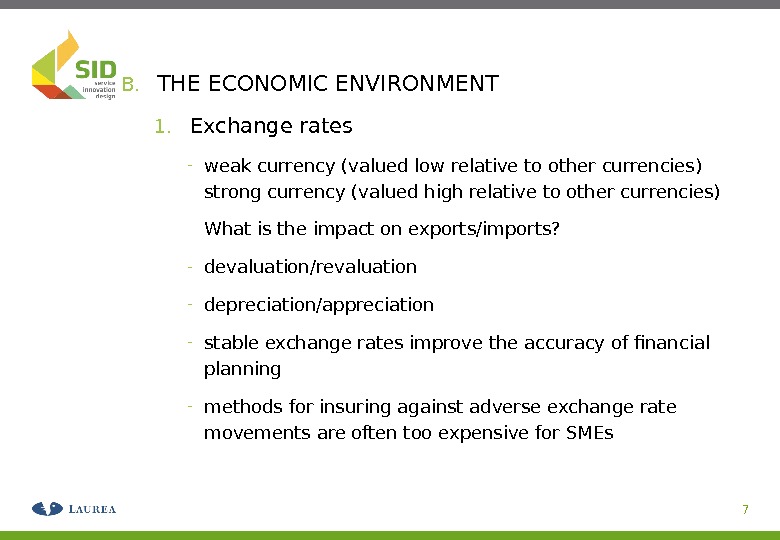
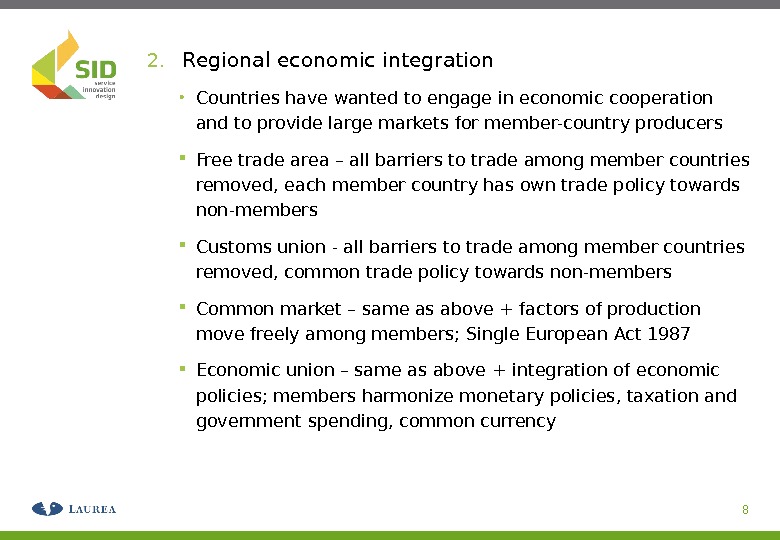
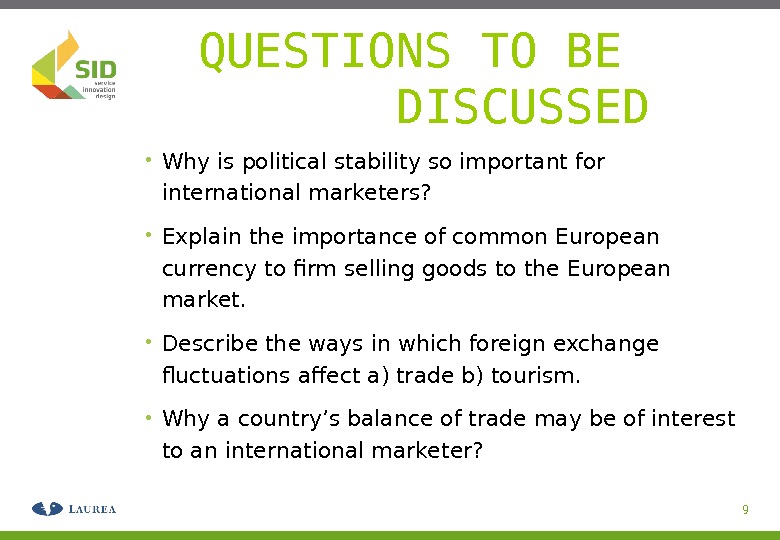
the_political_and_economic_environment.ppt
- Размер: 398.5 Кб
- Количество слайдов: 9
Описание презентации 1 THE POLITICAL AND ECONOMIC ENVIRONMENT A. THE по слайдам
 1 THE POLITICAL AND ECONOMIC ENVIRONMENT A. THE POLITICAL/LEGAL ENVIRONMENT 1. Home country environment — home country political environment can constrain the intl operations of a company by limiting the countries the intl company may enter (e. g. South Africa–US, Germany, Japan) — triple-threat political environment – European firms doing business in Cuba, Nestle’s problems with its infant formula controversy were most serious in a third market the US
1 THE POLITICAL AND ECONOMIC ENVIRONMENT A. THE POLITICAL/LEGAL ENVIRONMENT 1. Home country environment — home country political environment can constrain the intl operations of a company by limiting the countries the intl company may enter (e. g. South Africa–US, Germany, Japan) — triple-threat political environment – European firms doing business in Cuba, Nestle’s problems with its infant formula controversy were most serious in a third market the US
 — bribery and corruption – what are the reasonable ways of doing business internationally? — programmes by governmental organizations to promote exporting – export subsidies? Export subsidies are to the export industries what tariffs are to domestic industries — financial activities – export credit agencies (e. g. FINNVERA) offer exporters the opportunity of transferring some of the risk to governmental organizations — information services — export-facilitating activities — promotion by private organizations — state trading (e. g. Cuba, China)
— bribery and corruption – what are the reasonable ways of doing business internationally? — programmes by governmental organizations to promote exporting – export subsidies? Export subsidies are to the export industries what tariffs are to domestic industries — financial activities – export credit agencies (e. g. FINNVERA) offer exporters the opportunity of transferring some of the risk to governmental organizations — information services — export-facilitating activities — promotion by private organizations — state trading (e. g. Cuba, China)
 2. Host country environment — Political risks 1) Ownership risk, which exposes property and life 2) Operating risk, which refers to interference with the ongoing operations of a firm 3) transfer risk, which is mainly encountered when companies want to transfer capital between countries
2. Host country environment — Political risks 1) Ownership risk, which exposes property and life 2) Operating risk, which refers to interference with the ongoing operations of a firm 3) transfer risk, which is mainly encountered when companies want to transfer capital between countries
 — political risk can be the result of government action or it can be outside the control of the government: import restrictions (on raw materials, machines, spare parts), local-content laws ( e. g. the EU has a 45 per cent local-content requirement foreign-owned assemblers), exchange controls , market control (US government threatened to boycott foreign firms trading with Cuba), price controls (can be used by a government during inflationary period; pharmaceuticals, food, petrol, cars), tax controls (a political risk when used as a means of controlling foreign investments) , labor restrictions (strong labor unions) , change of government party , nationalization/ expropriation
— political risk can be the result of government action or it can be outside the control of the government: import restrictions (on raw materials, machines, spare parts), local-content laws ( e. g. the EU has a 45 per cent local-content requirement foreign-owned assemblers), exchange controls , market control (US government threatened to boycott foreign firms trading with Cuba), price controls (can be used by a government during inflationary period; pharmaceuticals, food, petrol, cars), tax controls (a political risk when used as a means of controlling foreign investments) , labor restrictions (strong labor unions) , change of government party , nationalization/ expropriation
 3. Trade barriers from home country to host country Why do countries impose trade barriers to exports/imports? — tariffs and non-tariff barriers (quotas, embargoes, administrative delays, local-content requirements) 4. Political risk-analysis procedure Step 1: Issues of relevance to the firm Determine critical economic/business issues to the firm. Assess the relative importance of these issues.
3. Trade barriers from home country to host country Why do countries impose trade barriers to exports/imports? — tariffs and non-tariff barriers (quotas, embargoes, administrative delays, local-content requirements) 4. Political risk-analysis procedure Step 1: Issues of relevance to the firm Determine critical economic/business issues to the firm. Assess the relative importance of these issues.
 Step 2: Potential political events Determine the relevant political events Determine their probability of occurring Determine the cause and effect relationships Determine the government’s ability and willingness to respond Step 3: Probable impacts and responses Determine the initial impact of probable scenarios Determine possible responses to initial impacts Determine initial and ultimate political risk
Step 2: Potential political events Determine the relevant political events Determine their probability of occurring Determine the cause and effect relationships Determine the government’s ability and willingness to respond Step 3: Probable impacts and responses Determine the initial impact of probable scenarios Determine possible responses to initial impacts Determine initial and ultimate political risk
 B. THE ECONOMIC ENVIRONMENT 1. Exchange rates — weak currency (valued low relative to other currencies) strong currency (valued high relative to other currencies) What is the impact on exports/imports? — devaluation/revaluation — depreciation/appreciation — stable exchange rates improve the accuracy of financial planning — methods for insuring against adverse exchange rate movements are often too expensive for SMEs
B. THE ECONOMIC ENVIRONMENT 1. Exchange rates — weak currency (valued low relative to other currencies) strong currency (valued high relative to other currencies) What is the impact on exports/imports? — devaluation/revaluation — depreciation/appreciation — stable exchange rates improve the accuracy of financial planning — methods for insuring against adverse exchange rate movements are often too expensive for SMEs
 2. Regional economic integration • Countries have wanted to engage in economic cooperation and to provide large markets for member-country producers Free trade area – all barriers to trade among member countries removed, each member country has own trade policy towards non-members Customs union — all barriers to trade among member countries removed, common trade policy towards non-members Common market – same as above + factors of production move freely among members; Single European Act 1987 Economic union – same as above + integration of economic policies; members harmonize monetary policies, taxation and government spending, common currency
2. Regional economic integration • Countries have wanted to engage in economic cooperation and to provide large markets for member-country producers Free trade area – all barriers to trade among member countries removed, each member country has own trade policy towards non-members Customs union — all barriers to trade among member countries removed, common trade policy towards non-members Common market – same as above + factors of production move freely among members; Single European Act 1987 Economic union – same as above + integration of economic policies; members harmonize monetary policies, taxation and government spending, common currency
 QUESTIONS TO BE DISCUSSED • Why is political stability so important for international marketers? • Explain the importance of common European currency to firm selling goods to the European market. • Describe the ways in which foreign exchange fluctuations affect a) trade b) tourism. • Why a country’s balance of trade may be of interest to an international marketer?
QUESTIONS TO BE DISCUSSED • Why is political stability so important for international marketers? • Explain the importance of common European currency to firm selling goods to the European market. • Describe the ways in which foreign exchange fluctuations affect a) trade b) tourism. • Why a country’s balance of trade may be of interest to an international marketer?
